Since its creation in November 1985, PhilRice has stood by its reason for being: to help respond to the needs of the struggling rice farmers and the country’s endeavors to attain rice self-sufficiency.
PhilRice helps develop high-yielding, cost-reducing, and environment-friendly technologies so farmers can produce enough rice for the Filipinos. The Institute lives up to its advocacy, Clean, green, practical, and smart rice farming systems for competitiveness, sustainability, and resiliency or simply, Clean GPS for CSR.
Amidst changing agricultural landscape and contexts, PhilRice addresses some of today’s significant problems: hunger, climate change, increasing fuel costs, environment degradation, and knowledge gaps. We help create solution to these problems through breeding, creating strategies for climate change adaptation, advancing the use of renewable energy, resource conservation, developing mechanism for better knowledge sharing and learning, and optimizing ICTs.
- Improved Rice
- Healthier Rice and Value - Added Rice
- Climate Change and the Environment
- Clean and Green Farming
- Knowledge Sharing and Learning
- ICTD4 Development
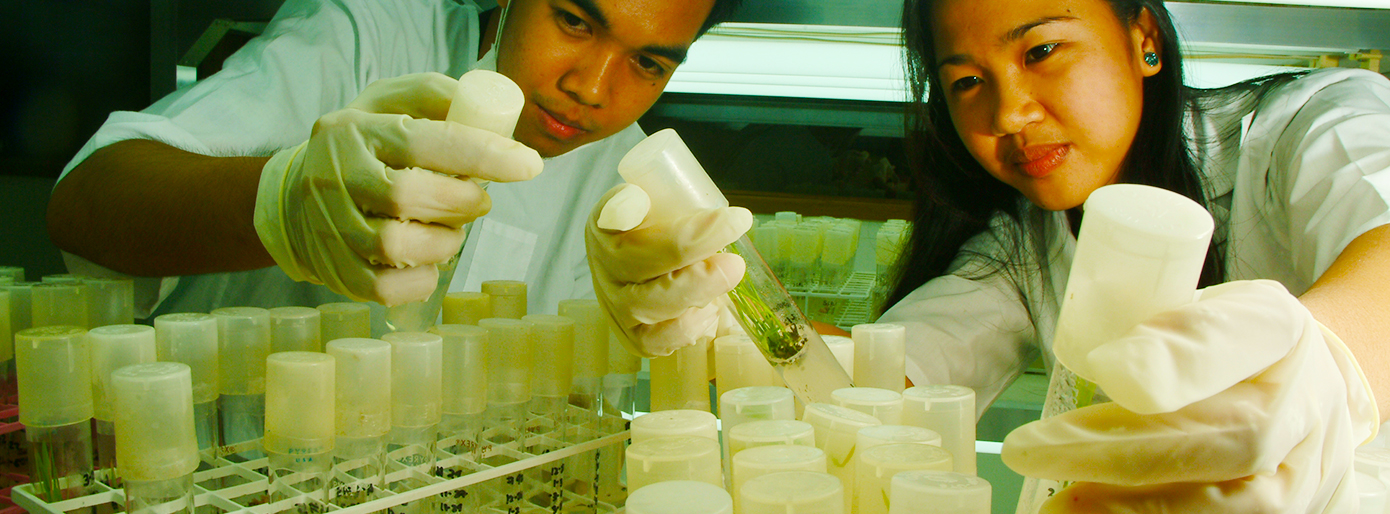
Rice consumption is projected to increase at a rate corresponding to the population growth. To meet the increasing demand for rice, PhilRice continues to develop varieties that respond well to varied rice ecosystems and attacks of pest and diseases. In 2011, we have developed eight new early-maturing varieties for irrigated and rainfed lowland, and saline-prone areas. These varieties will not help farmers in adverse ecosystems achieve higher yield but also help reduce their expenses on fertilizers, irrigation, and fuel.
Our breeders are continually searching for genetic variability to broaden the gene pool of rice cultivars. They tap the genes in other gene pools such as the wild relatives of Oryza and use non-conventional and innovative techniques such as induced mutation and wild hybridization. Several genes are now being pyramided to increase durable resistance through molecular marker-aided selection.
Ongoing studies include developing varieties that are lodging- and herbicide-tolerant, tungro- and bacterial blight-resistant, and stronger hybrids. Direct wet-seeded rice and lines with early seedling vigor are also being developed. Studies on plastic root systems also aid in breeding drought-resistance varieties.
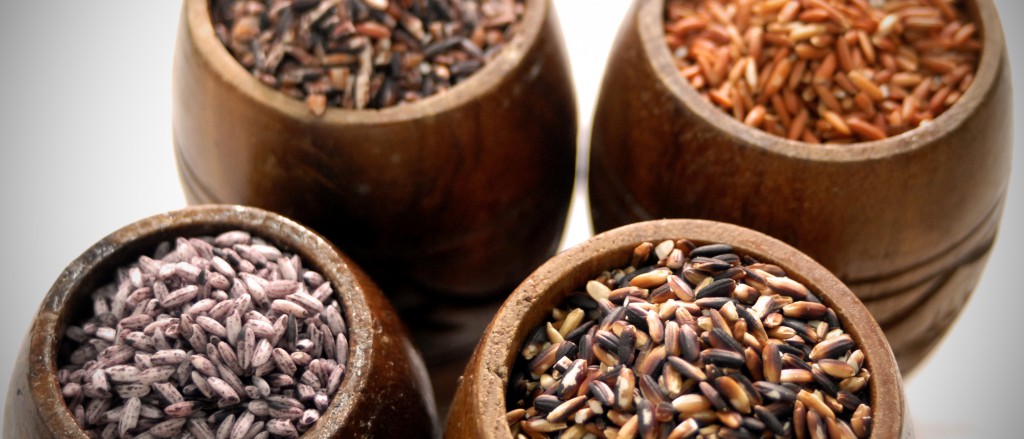
Studies show that rice is no longer the top staple food in traditionally rice-consuming countries such as Japan, Korea, and Taiwan. With a perceived drop in importance, PhilRice increases the value of rice for rice to remain competitive in the market.
PhilRice is focusing on optimizing health and medical benefits from rice, or developing rice as a nutraceutical product as its phytochemicals such as lignans, terpenoids, and flavonoids may help prevent cancer and heart diseases.
Increasing the nutrition obtained from rice is also a priority. Researches on improving the quality of brown or unpolished rice, generating healthy and nutritious GABA (Gamma Amino Butyric Acid) rice for functional food and pharmaceutical industries, and assessing the quality of iron- and zinc-dense rice, are being conducted to maintain rice as health food.
Nutrient-rich blends using local food crops is also being developed for competitiveness and public service, as these can be included in the feeding program of public school children.
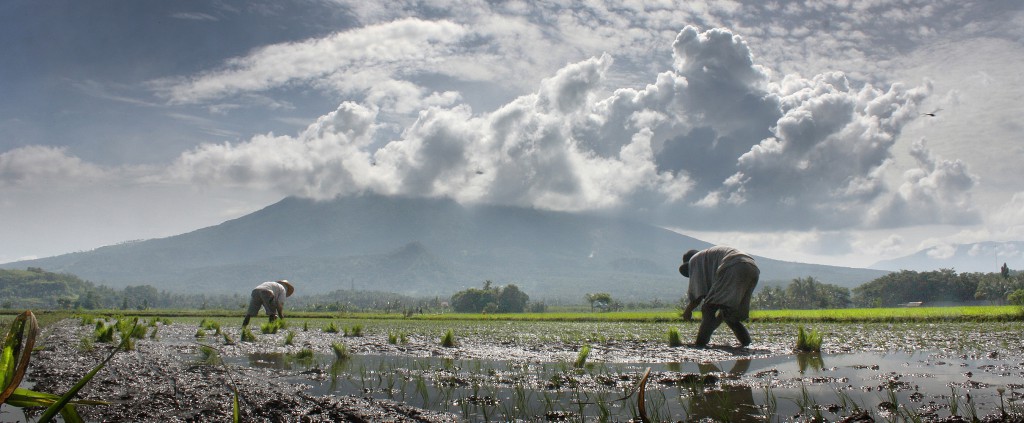
Environment factors contribute 20% in attaining good harvest; thus, the need to help farmers adapt to climate change and ensure the country’s rice supply.
Changing climate has adverse effects and impacts on rice production such as shifted crop growing period and reduced crop yields. Studies also show that increasing Philippine temperature may cause more than 30% production losses in rice farming communities that are unable to cope with pervasive heat.
In response to the threat that climate change poses, we have started our work in developing rice varieties that can tolerate temperatures up to 40℃ . We are also evaluating released varieties, breeding lines, and traditional varieties to develop or recommend varieties suited for drought-prone areas. We also optimize biotechnology tools to develop heat- and submergence-tolerant varieties.
Incorporating the sub1 gene to popular and high-yielding varieties such as PSB Rc82 and NSIC Rc160 is also accelerated so these varieties could survive flooding for 14 days during the vegetative stage. Growing vegetables and rice in flood-prone areas would be more productive through floating gardens.
The potentials rice production technologies such as PalayCheck, Alternate Wetting and Drying Technology, Specific Site Nutrient Management, and Minus-One Element Technique in reducing methane emission are being studied. No-tillage technology is also being pilot-tested not only to help mitigate climate change but also to reduce land preparation costs.
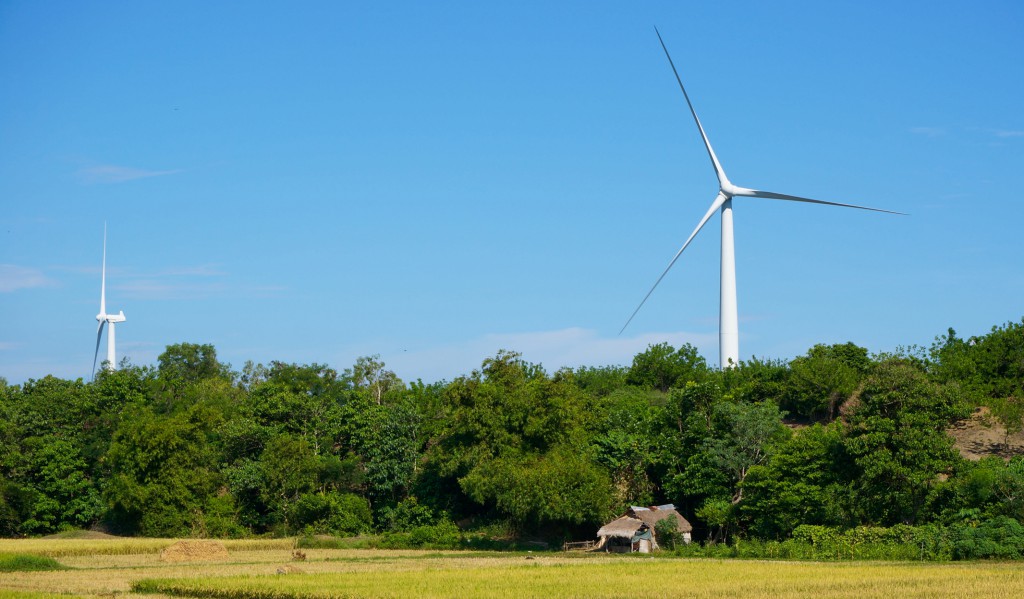
In rice farming, energy is embedded in the entire process of crop management. The Bureau of Agricultural Statistics reports in 2010 that per hectare national average spending on fuel and oil is at P808.
With the heavy reliance on fossil and increasing cost of petroleum, there is a need for a renewable, decentralized, diversified, and less polluting farming energy system. PhilRice explores ways to develop energy sources and inputs for and from rice and rice-based farming.
PhilRice breeders are developing ultra-early-maturing rice, which could be harvested 100 days after sowing. These varieties would lessen the application of energy inputs because the cultivation of these varieties would be shorter. Low gel temperature-rice would also be developed to cut down cooking time.
Projects on pilot testing a fermentation and distillation plant for hydrous ethanol production from nipa sap and other plant sources; testing of flex-fuel and retrofitted engines using hydrous ethanol, biodiesel and other biofuels for mechanized rice farm operations; and pilot testing solar, wind, and biogas energy utilization systems for mechanized farm operations are in the pipeline.
Studies on alternative non-fossil fuel based nitrogen fertilizer sources, rice straw collection and utilization for electric power generation, and rice husk gasification systems; and energy audit of intensified rice production systems are also hope to help increase farmers’ income without much dependence on fossil resources.
PhilRice had also developed and promotes rice combine, transplanter and drumseeder to help reduce significant yield losses attributed to manual farming.
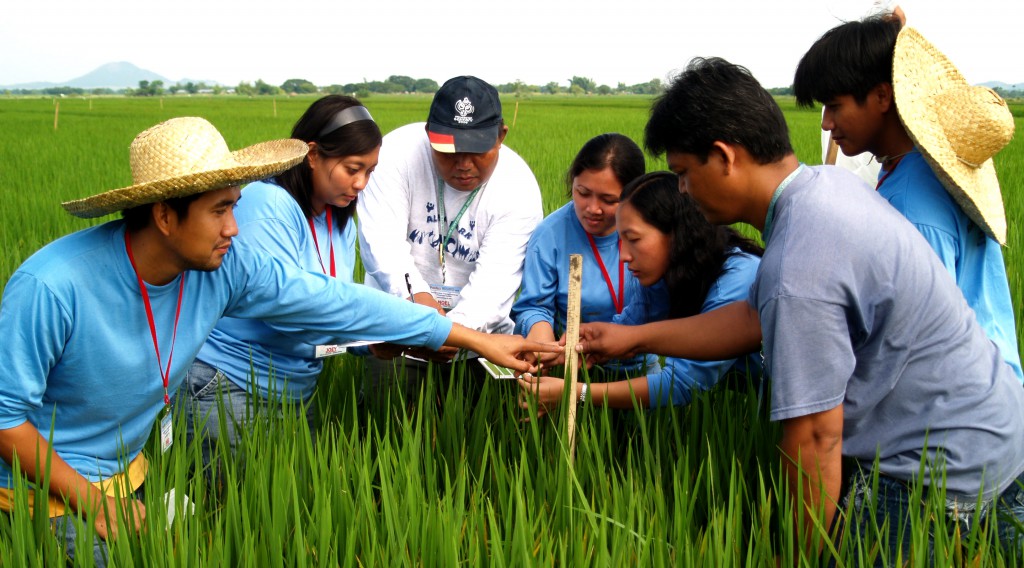
PhilRice has done massive work in the area of development. The Institute has also delivered innovations in reaching out to the Filipino farmers and other rice stakeholders. Hence, there is now a need to document and reflect on the processes that the Institute has employed if PhilRice were to grow and veer away from pragmatic and theoretical stagnation.
In recent years, scholars have underscored that use of Knowledge sharing and learning (KSL) results in more equitable and sustainable development outcomes. More than awareness-raising, dissemination, and exchange of information to build knowledge, KSL can help promote informed and timely decision-making. Thus, stakeholders can actively engage in the change process and respond better to opportunities and challenges.
Results of KSL studies have been found to serve as useful inputs to cross-comparison and analysis of knowledge gained or change attained; to improvements and innovations in information access and delivery; to understanding of critical factors in successful decision-making; and, consequently, to effective implementation and scaling up.
By tapping appropriate communication media and social networks, key stakeholders are hoped to make more informed choices and decisions.
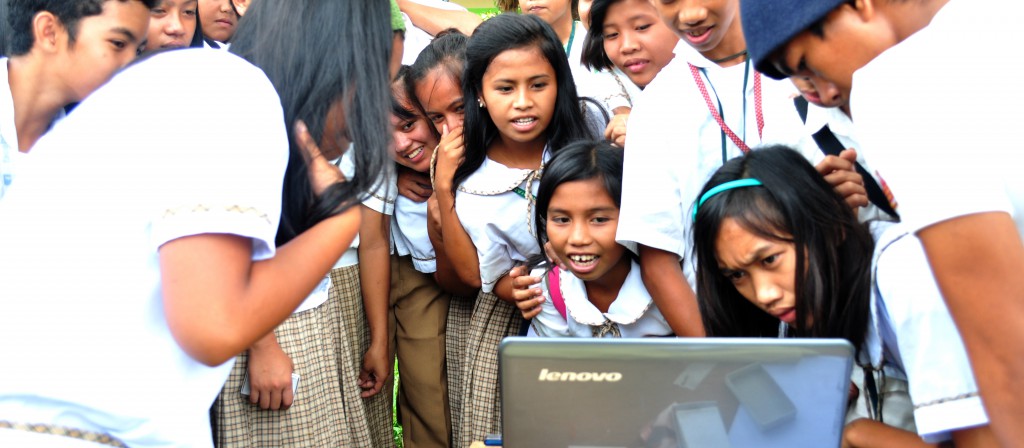
PhilRice utilizes the advances in information and communication technologies to reach more farmers and extension workers; and share our work and results to the scientific community, academe, and the public.
We have made access to rice information easier and faster through our Farmers’ Text Center (0917-111-7423) and Pinoy Rice Knowledge Bank (www.pinoyrice.com). Information System is also being utilized to help improve research and development, technology demonstration and deployment, and rice production. Through system innovations, we have produced interactive electronic maps and web pages, real-time field data collection models, online databases, and directories.
Through our projects on, among others, site and biophysical characterization, rice mapping, and decision-support system for intensive rice-based farming system, we aim to provide updated data and information for strategic planning and develop early warning systems.




